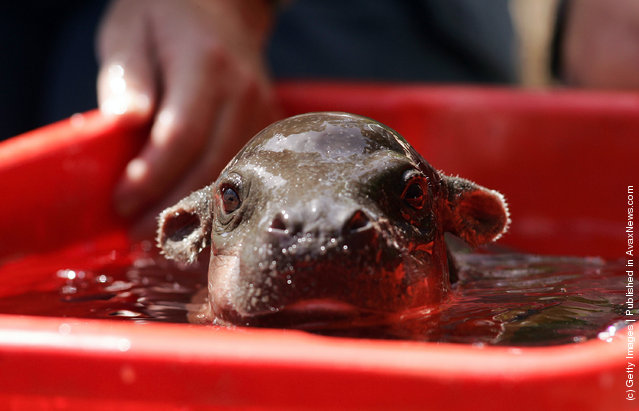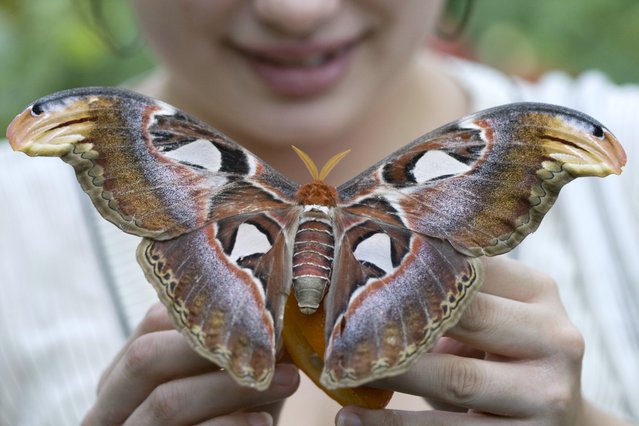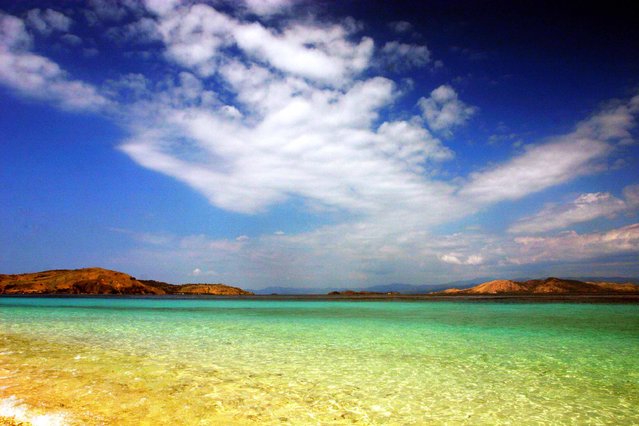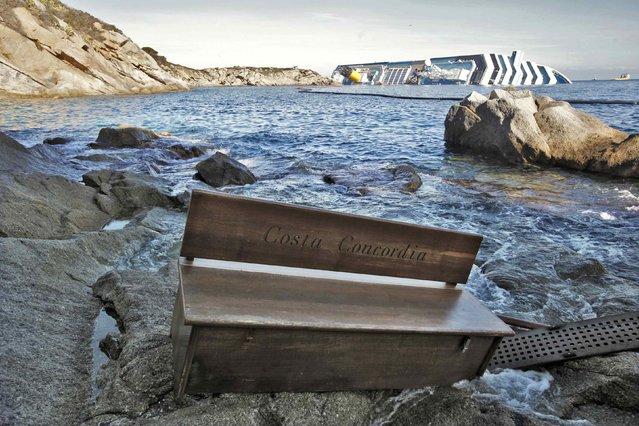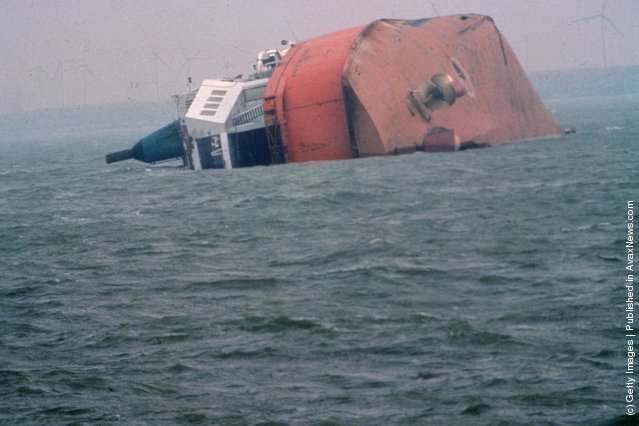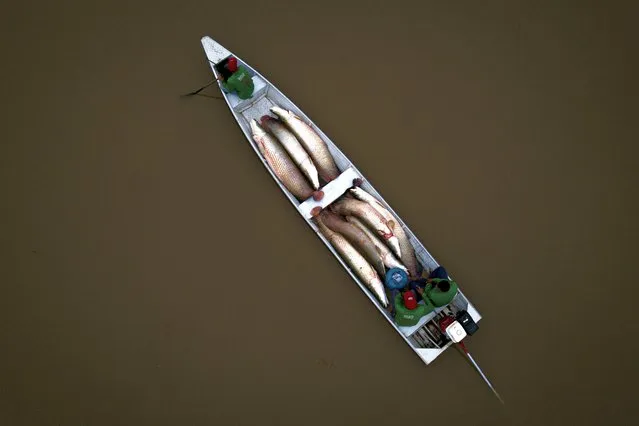
A boat transports Pirarucu fish to a processing ship, in the San Raimundo settlement lake, in Carauari, Brazil, Tuesday, September 6, 2022, published November 3. The giant fish not so long ago nearly vanished. The illegal and unsustainable fishing left river and Indigenous communities struggling to catch their staple food. (Photo by Jorge Saenz/AP Photo)
21 Dec 2022 03:26:00,post received
0 comments

